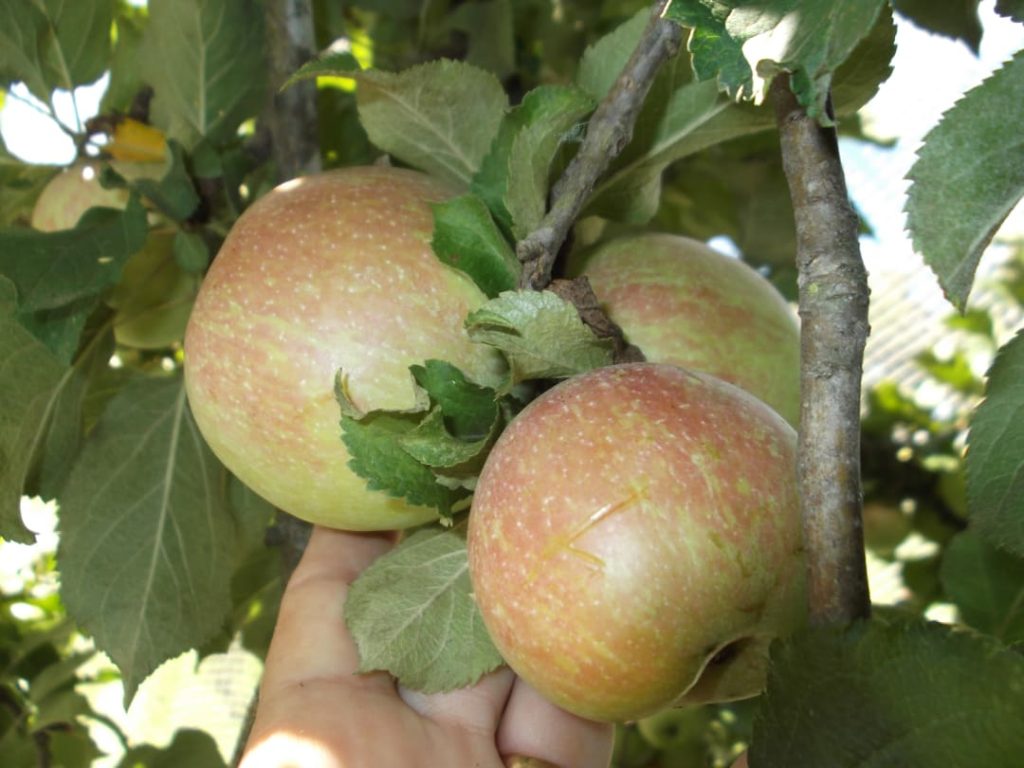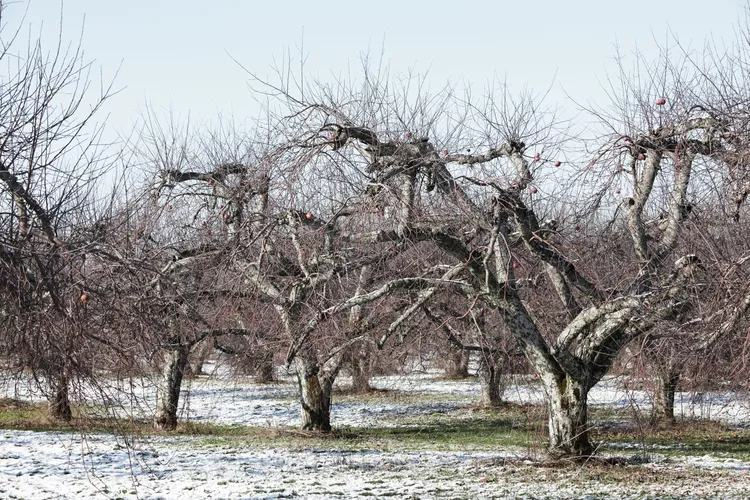
Nothing beats the crisp, sweet taste of a homegrown apple, plucked straight from your backyard. Growing apple trees is a rewarding endeavor that can provide fresh fruit for years with the right care. Whether you’re dreaming of pies, cider, or just a healthy snack, this guide will help you grow thriving apple trees in your own garden.
Choosing the Right Apple Variety
Apple trees come in countless varieties, each with unique flavors, textures, and uses. Popular choices include ‘Gala’ for sweet snacking, ‘Granny Smith’ for baking, or ‘Honeycrisp’ for all-purpose use. When selecting apple trees, consider your climate, as some varieties thrive in specific zones. For example, ‘McIntosh’ is great for cooler regions, while ‘Fuji’ suits warmer climates.
Most apple trees need a pollinator—a different variety that blooms at the same time—to produce fruit. Check with suppliers like Pomona Fruits for compatible varieties or choose self-pollinating options like ‘Golden Delicious’ if you have space for only one tree.
Selecting the Perfect Location
apple trees need full sun (6-8 hours daily) and well-drained soil. Avoid low-lying areas where frost can settle or where water pools, as apple trees dislike wet roots. A slightly acidic to neutral soil pH (6.0-7.0) is ideal. Ensure the site has good air circulation to reduce disease risk but isn’t overly windy.
Preparing the Soil
Test your soil and amend it with compost or organic matter to improve fertility and drainage. If the soil is too acidic, add lime; if too alkaline, incorporate sulfur. Dig a hole twice as wide and as deep as the root ball, mixing in a balanced fertilizer to give your tree a strong start.
Planting Apple Trees
Plant apple trees in early spring or fall when they’re dormant. Soak bare-root trees in water for a few hours before planting. Place the tree in the hole, ensuring the graft union (the bulge where the rootstock meets the tree) is 2-3 inches above the soil line. Fill the hole, tamp down the soil, and water deeply. Stake young trees to keep them stable.
Space standard trees 20-30 feet apart, dwarf varieties 8-12 feet apart, to allow for growth. Mulch around the base with wood chips or straw to retain moisture and deter weeds, keeping the mulch away from the trunk.
Watering and Fertilizing

Young apple trees need regular watering—about 1-2 inches per week—especially during dry spells. Use drip irrigation or water at the base to keep the foliage dry. Once established, mature trees are more drought-tolerant but still benefit from consistent moisture during fruit development.
Fertilize in early spring with a balanced fertilizer (10-10-10) or compost. Avoid high-nitrogen fertilizers, which promote leafy growth over fruit. A soil test can guide your fertilizing strategy.
Pruning for Health and Yield
Pruning shapes the tree, improves air circulation, and boosts fruit production. In late winter, remove dead, damaged, or crossing branches. For young trees, aim for an open-center shape to allow sunlight to reach all branches. Thin out crowded areas and cut back excessive growth to maintain a manageable size.
Dwarf trees require less aggressive pruning but still need annual maintenance. Always use clean, sharp tools to prevent disease spread.
Pollination Tips
Since most apple trees need cross-pollination, plant at least two compatible varieties within 50 feet of each other. If space is tight, graft a second variety onto your tree or rely on nearby crabapple trees, which are excellent pollinators. Encourage bees and other pollinators by planting flowers like clover or wildflowers nearby.
Managing Pests and Diseases
Apple trees can attract pests like codling moths, aphids, or apple maggots. Use sticky traps, introduce beneficial insects like ladybugs, or apply organic sprays like neem oil. Common diseases include apple scab and fire blight. Choose disease-resistant varieties, ensure good air circulation, and remove fallen leaves to reduce disease risk.
Harvesting Apples
Apples are ready to harvest when they come off the tree with a gentle twist and have reached their mature color. Taste-test a few to confirm ripeness. Harvest in the morning and store apples in a cool, humid place like a refrigerator or root cellar to maintain freshness.
Winter Care

Protect young trees from winter damage by wrapping trunks with tree guards to deter rodents. Mulch around the base to insulate roots, and in very cold climates, consider burlap wraps for extra protection.
Why Grow Apple Trees?
Homegrown apples are fresher, tastier, and free from pesticides. raspberry plants also add beauty to your landscape with spring blossoms and fall fruit. With proper care, a single tree can produce bushels of apples for decades.
Start your apple-growing adventure with quality trees from Pomona Fruits and enjoy the fruits of your labor for years to come!




